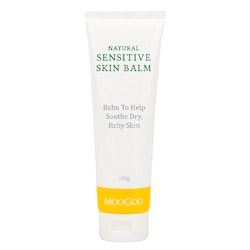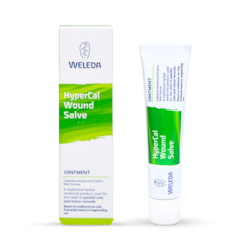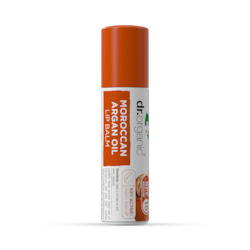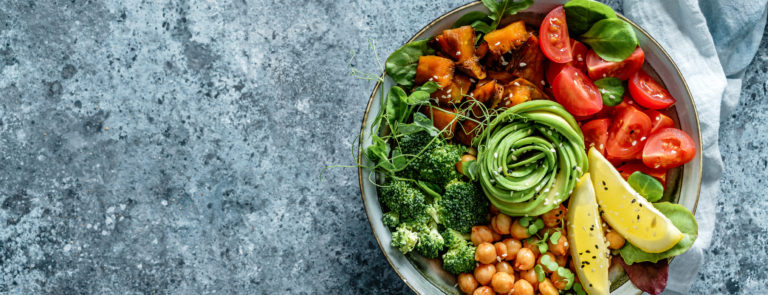15% off £20
Best alternatives to beeswax

Bees are clever little creatures, aren’t they? Not only do they produce honey but they also produce beeswax, the substance that honey bees use to build honeycombs.
Beeswax is used in cosmetics such as lip balm, hand cream and moisturiser. In fact, there are dozens of things that beeswax can be used for.
But what if you are vegan, or allergic to beeswax?
In this article, we explore whether beeswax is suitable for use by vegans (spoiler: it isn’t!) and what else you can use as an alternative.
Is beeswax vegan?
Over the last few years, there has been some debate around whether products produced by bees are suitable for vegans.
The Vegan Society defines veganism as “a philosophy and way of living which seeks to exclude – as far as possible and practicable – all forms of exploitation of, and cruelty to, animals for food, clothing or any other purpose.”1
Honey and beeswax are not considered vegan, since bees are considered to have been exploited in the production of these products and their health may be sacrificed when the honey and beeswax are harvested.2
Also, vegans believe that both honey and beeswax are created by bees, for use by bees, rather than for human use.
Beeswax is often used as an ingredient in DIY skincare and beauty products, as well as candles.
Beeswax alternatives
So, if you are making your own products at home, what else can be used as a plant-based alternative instead?
-
Candelilla wax
Candelilla wax comes from the leaves of the candelilla shrub, which is native to northern Mexico and the southwestern states of the USA.
As it is plant-based, it is an excellent vegan alternative to beeswax.3
Candelilla wax has a similar scent and melting point to beeswax, meaning that they can be used almost interchangeably.4
Candelilla wax is used as an ingredient in skincare products as well as candles and as a glaze in food products. It works as a thickening and hardening agent, as well as soothing and softening the skin.5
-
Carnauba wax
Another plant-based wax, carnauba wax comes from the leaves of the Copernicia prunifera palm tree, which is only found in certain parts of Brazil.6
It is used in food production, to make sweets and even in industrial products such as sealants, polishes and adhesives.
It has one of the highest melting points of all the natural waxes and is harder than concrete once it sets.7
-
Soy wax
Soy wax is an inexpensive alternative to beeswax. It is made from the oil of soybeans. Soybean plants are plentiful and are grown in Asia, Europe and the Americas.9
Soy wax is often used as a replacement to beeswax in candles and wax melts and is ideal for this because of its low melting point.10
It can also be used as a vegan substitute for beeswax in lip balms, as well as other cosmetics.11
-
Bayberry wax
This plant-based wax is made from the fruit of the myrica faya shrub. The wax is green in colour and has a forest-like aroma.
Bayberry wax is a soft, tacky wax, which is very similar in consistency to beeswax, making for a good alternative.12
Because of its distinctive fragrance, bayberry wax is a popular ingredient for candle-making, although it can quite expensive and difficult to source.13
-
Sunflower wax
This hard, crystalline wax is made through the winterisation of sunflower oil.
It has a high melting point and can be bought in flakes, chunks or pellets, ready to use in DIY skincare and cosmetic products such as lotions, balms and creams.
It is pale yellow in colour and has a creamier feel than candelilla and carnauba waxes. It is a potent thickener and hardener with a non-sticky texture.14
-
Rice bran wax
Light in colour and odourless, rice bran wax is obtained through the winterisation of crude rice bran oil. It has a high melting point and low acid value.15
This beeswax substitute has a number of uses, including as a coating for paper, in textiles and in chewing gum.
For DIY cosmetics, its non-sticky texture works well in emulsions, balms and body butters.16
Last updated: 27 April 2021
- https://www.vegansociety.com/go-vegan/definition-veganism
- https://nevesbees.co.uk/is-beeswax-vegan/
- https://www.biome.com.au/blog/diy-skincare-comparing-beeswax-and-candelilla-wax/
- https://www.newdirectionsaromatics.com/blog/products/all-about-candelilla-wax.html
- https://blog.publicgoods.com/candelilla-wax-guide-difference-beeswax/
- https://happyhappyvegan.com/carnauba-wax/
- https://www.mapleholistics.com/blog/dangers-carnauba-wax/
- https://www.gardeningknowhow.com/edible/vegetables/soybean/soybean-growing-information.htm
- https://happywax.com/blogs/from-the-blog/what-is-soy-wax
- https://fabulousfarmgirl.com/homesteading/beeswax-and-alternatives/
- https://www.humblebeeandme.com/quick-guide-bayberry-wax-liquid-oil-ratios/
- https://fabulousfarmgirl.com/homesteading/beeswax-and-alternatives/
- https://www.humblebeeandme.com/quick-guide-bayberry-wax-liquid-oil-ratios/
- https://www.poth-hille.co.uk/products/rice-bran-wax/
- https://formulabotanica.com/6-vegan-waxes/



































